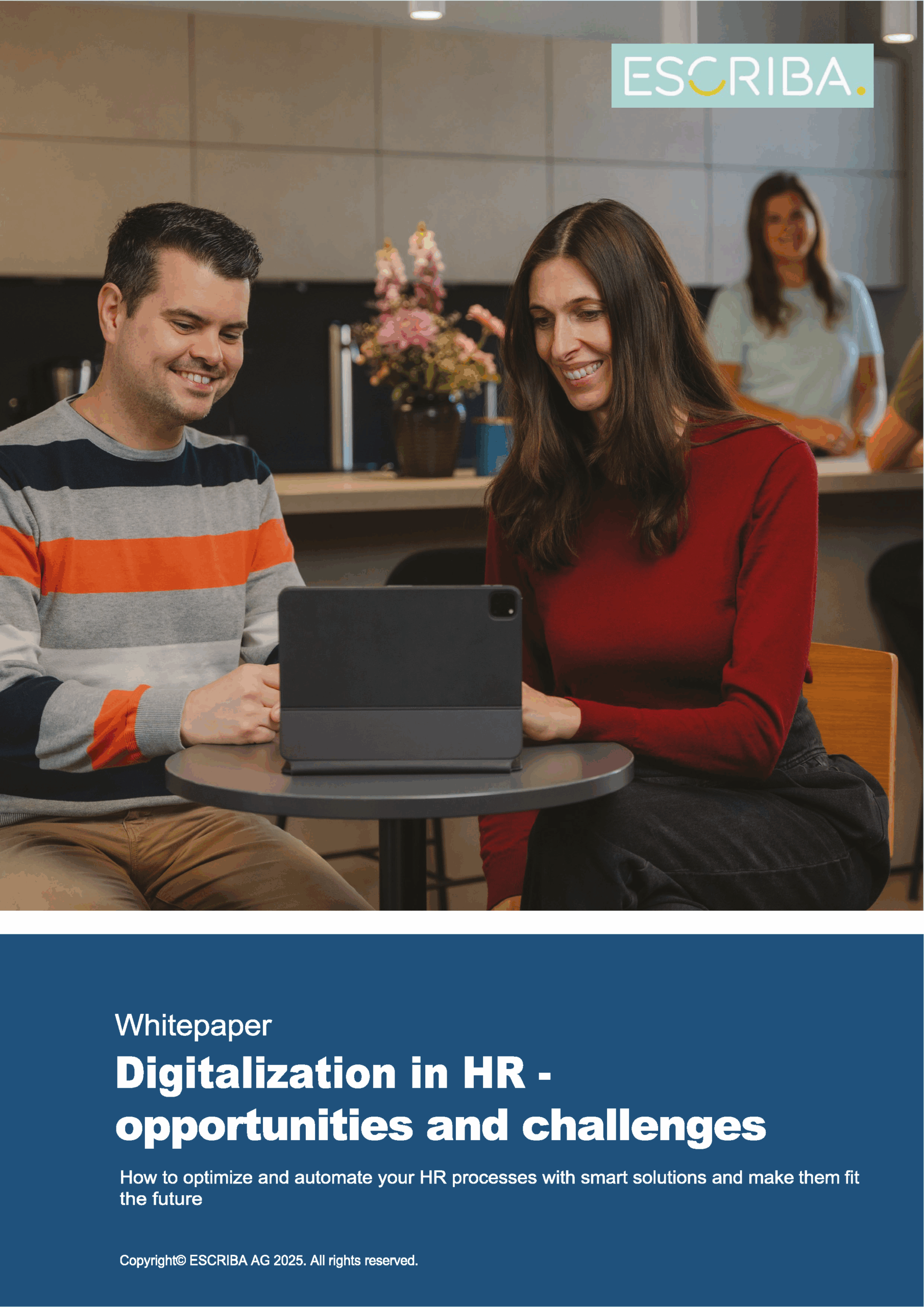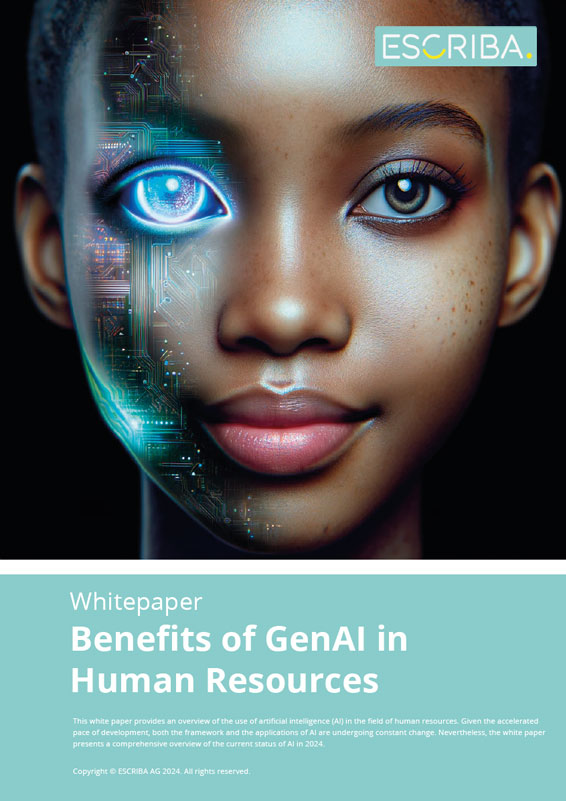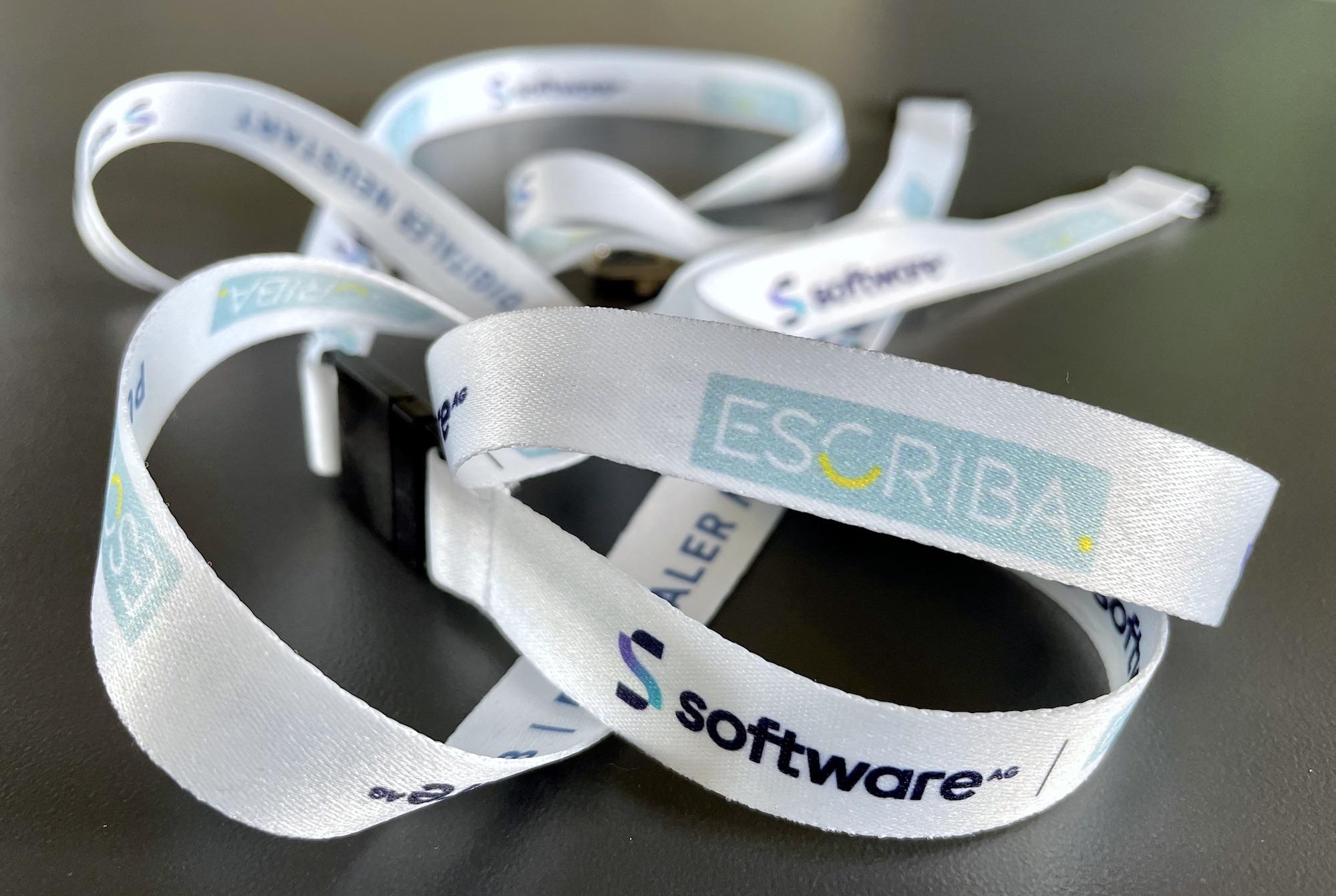
In the digital age, human resources is undergoing constant change. Digitalization has transformed the way companies find, retain, and manage talent. And this change also brings challenges. In this article, our Business Development Representative Christian Keller presents the five biggest challenges of HR digitalization that he has identified from his conversations with potential customers.
Stay up to date on human resources and digitalization topics and follow ESCRIBA on LinkedIn.
1. Technical integration and data management
Digitalization in human resources (HR) promises increased efficiency, cost savings, and better decision-making—but the path to achieving these goals is often fraught with challenges. The areas of technical integration and data management are particularly complex. New technologies for automating HR processes can only realize their full potential if they are seamlessly integrated into the existing IT landscape. This is precisely where one of the biggest problems begins.
In many companies, the digital ecosystem consists of different backend and ERP systems that have grown historically and are often operated in isolation from one another. These so-called data silos result in identical information being stored and maintained multiple times, sometimes with contradictions. Employees quickly lose track of which data set is current or correct. This not only carries a high risk of errors, but also has a negative impact on efficiency, compliance, and employee satisfaction.
A central goal of digitalization in HR should therefore be to establish consistent, end-to-end data management. The single source of truth (SSOT) principle is crucial for this. This concept ensures that all relevant data comes from a central source, where it is maintained and updated. This creates transparency, reduces the likelihood of errors, and significantly improves collaboration across departmental boundaries.
Smart applications based on no-code and low-code technology
Modern HR solutions such as the ESCRIBA HR Service Manager support this approach by integrating flexibly into existing system landscapes. They enable access to data from various sources while ensuring error-free, automated document creation. This saves time, reduces manual intervention, and creates a reliable database for operational and strategic decisions. This is made possible by the no- and low-coding technology on which ESCRIBA’s highly efficient applications are based. HR employees can even adapt them to their individual needs without extensive programming.
However, even the best technology can only be effective if it is accepted and used correctly by employees. Change management, training, and communication are therefore essential components of successful digitalization in HR. Employees must understand how the new systems work, what benefits they bring, and how they should work with them. This is the only way to break down silo structures, manage data efficiently, and optimize processes in the long term.
2. Data protection and compliance play an important role in HR digitization
The handling of sensitive personal data also plays a central role in HR digitization, especially when it comes to data protection and compliance.
Employee and applicant data such as salary information, sick leave, contract contents, or personal evaluations are particularly sensitive. Their digital collection, processing, and storage carries the risk of data breaches, especially if technical or organizational protective measures are lacking. However, protecting this data is not only a moral and ethical obligation, but also a legal one—especially in the context of the General Data Protection Regulation (GDPR) and other national regulations. HR departments are therefore obliged to design all digital processes in compliance with the GDPR.
In concrete terms, this means that appropriate technical and organizational measures must be taken to ensure the confidentiality, integrity, and availability of personal data. These include, for example, modern encryption methods, clearly defined access rights for specific user groups, and regular security audits and penetration tests to identify and remedy potential vulnerabilities.
In addition to data protection, compliance with legal and internal company requirements is another critical aspect of digital transformation in the HR sector. When drawing up employment contracts, supplementary agreements or service contracts with external partners in particular, numerous legal requirements must be observed – for example in labour law, tax law or industry-specific regulations.
Contracts based on verified templates and text modules
Digital tools such as automatic document creation from ESCRIBA (EDS) or specialized applications such as the ESCRIBA Corporate Compliance Manager provide valuable services here: They enable contracts and letters to be generated based on verified templates and text modules that always comply with the latest legal standards. This not only reduces effort and speeds up the process, but also ensures legal certainty. Changes to legal requirements can be entered centrally and automatically transferred to all relevant documents – an invaluable advantage over manual procedures.
Nevertheless, the technological solution must never be viewed in isolation from the human factor. HR employees must receive comprehensive training on the legal framework, the responsible use of digital tools, and the correct handling of sensitive data. Only when technology and expertise work together can data protection and compliance be guaranteed at a high level.
3. Changes to corporate culture through HR digitalization are a long-term process
The introduction of digital HR tools and automated processes is changing the way people work, communicate, and organize themselves within companies. This presents companies with the challenge of not only modernizing their technological infrastructure, but also initiating a cultural transformation that can keep pace with these changes. This is precisely where the crux of the matter lies for many companies. After all, cultural change is usually more protracted than technological change.
At the heart of cultural transformation is the development from a traditional, often hierarchical organizational culture to an agile, transparent, and learning-oriented corporate culture. Digital HR solutions such as self-service portals, automated onboarding processes, and AI-supported talent management systems require employees to take a high degree of personal responsibility, be open to new technologies, and be willing to engage in continuous training. These new requirements are a particular hurdle for long-term employees with established routines and fixed roles. The reactions to a sudden switch to digital processes are often uncertainty or even resistance. This is solely due to concerns about not being able to keep up or losing relevance – and in the end possibly losing one’s job.
Focus on the opportunities offered by digital transformation
Early and empathetic communication on the part of company management and the HR department is crucial here. The reasons for digitalization, its goals, and the specific effects on daily work must be communicated transparently. It is crucial to emphasize not only the technical advantages, but also the opportunities for individual employee development—for example, in the form of more flexible work arrangements, a better work-life balance, or new learning formats.
It should never be forgotten that the digitalization of HR is a cultural process that is driven not only by technology, but also by participation, dialogue, and shared values. Only if employees are actively involved in this change and can identify with the new work culture will digitalization in HR be successful in the long term.
4. Talent management and talent development
The digitization of the HR department offers enormous opportunities, especially in talent management and talent development. Companies can position themselves much better strategically for the future. Whereas personal assessments, informal networks, and manual processes used to be the norm, digital technologies now enable a data-driven, individualized, and scalable approach to talent management and development.
The focus is on systematically identifying high-potential employees. Modern HR analytics tools and AI-supported applications can analyze data on performance, skills, career paths, and even soft skills to identify talent at an early stage. This opens up completely new possibilities for personnel development—away from the broad-spectrum approach and toward targeted, tailor-made development measures. This allows training opportunities, mentoring programs, and career paths to be tailored to individual needs, thereby achieving greater employee loyalty and higher motivation.
“Lifelong learning” is also important for HR digitalization
Learning platforms (LMS) are a key tool in digital talent development, enabling learning anytime, anywhere. Microlearning, gamification, and adaptive learning systems help to convey knowledge in a motivating way that is tailored to individual needs.
Learning is no longer seen as a one-off measure, but as a continuous, integral part of everyday working life – in line with the concept of lifelong learning. The challenge for HR departments is not only to provide learning content, but also to ensure that it can be effectively applied in the work context.
At the same time, digitalization is also changing the expectations of talented individuals themselves. The younger generations (Gen Y and Z) in particular place great value on personal development, meaningful work, and a good work-life balance. Companies must therefore not only digitize their training offerings, but also establish new work and leadership models. Flexibility—in the form of remote work, flex time, or job sharing, for example—is increasingly becoming a decisive factor in employer attractiveness. Those who do not take these needs seriously risk losing valuable talent to more innovative competitors.
5. Analysis and use of data with artificial intelligence
Where HR decisions used to be based on intuition and experience, comprehensive data sets are now available—from application documents and performance reviews to information from employee surveys and training measures. But with the growing volume of data, the challenge also increases: How can this data be efficiently analyzed, interpreted, and used strategically?
A key tool for overcoming this challenge is the use of artificial intelligence (AI). AI-based tools make it possible to filter out relevant patterns and correlations from complex and diverse data sets. They thus create the basis for data-driven decisions. These can be made more objectively, quickly, and often more accurately than through purely manual analysis. This is not just a matter of technical efficiency, but of real strategic added value: for example, in personnel planning, performance management, or succession planning.
One example is the generative AI “RoBERTa” from ESCRIBA. It can automatically evaluate incoming applications, compare them with job profiles, and calculate matching scores on this basis. This not only speeds up the recruiting process, but also standardizes it. In addition, RoBERTa can generate interview questions based on resumes, answer HR-related questions, and even search internal data sources for specific information—for example, to identify talent gaps in the company or reveal trends in employee turnover and satisfaction. Such digital assistants significantly reduce the administrative workload of HR teams and free them up for strategic activities.
Despite these advantages, the use of AI in HR is not a sure-fire success. Clear framework conditions for data protection and ethical standards are needed, especially when sensitive personal data is involved, as described above. Transparency about how algorithms work and their decision-making logic is essential to build trust among employees and applicants. In addition, HR staff must be able to critically evaluate the results of AI analyses and place them in a meaningful context within the company.
AI tools must be seamlessly integrated into the system landscape
Another key issue is the integration of AI-based tools into existing HR system landscapes. Many companies are faced with the challenge of avoiding isolated solutions and linking the various data sources in a meaningful way. Only when data is available centrally, in a structured and consistent manner can AI unleash its full potential. The challenge is therefore to integrate smart AI assistants into everyday HR work in a responsible and culturally compatible manner.
Would you like to learn more about how AI can be used in your company with no-code or low-code technologies? Contact us for a personalized consultation and discover the possibilities of the future today!
Conclusion – HR digitization offers opportunities above all else
The digitalization of HR work brings with it far-reaching changes – technical, cultural, and strategic. It requires not only new smart (AI) tools, but above all a rethink of corporate culture, talent management, and how data is handled.
Employees must be prepared for change and actively involved in order to promote acceptance and a willingness to learn. At the same time, there are increasing demands for individual development opportunities, flexible working models, and meaningful tasks – especially when it comes to retaining young talent. Digital learning platforms and AI-supported analyses offer great opportunities here, but also require responsible use, data protection, and new skills within the HR team.
Great potential – but also challenges – lie in the analysis and use of data by using artificial intelligence. AI can automate HR processes, objectify decisions, and provide strategic insights – for example, in recruiting, performance management, or succession planning. At the same time, clear rules on data protection, transparent algorithms, and critical reflection on the results are needed. HR employees must not only be able to use the technology, but also learn to interpret it meaningfully and embed it in the organizational context.
Overall, it is clear that HR digitalization is not a purely technical transformation process, but a profound cultural and strategic change. It offers enormous opportunities – from more efficient processes and better personnel decisions to stronger employee loyalty. At the same time, it requires investment in technology, training, and, above all, in the creation of a digital, people-centered work culture. Only those who take a holistic approach to the challenges can sustainably exploit the potential of digital transformation in human resources.








